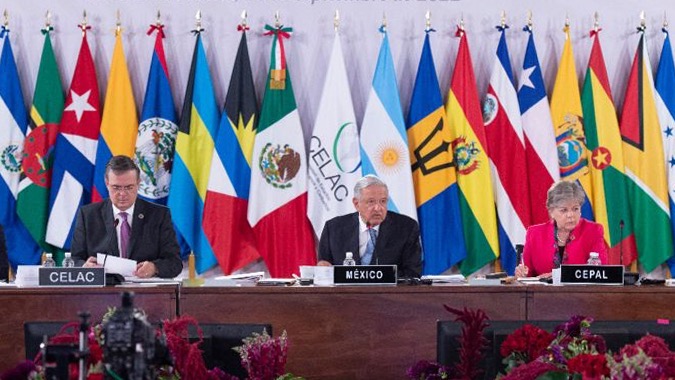Smart Mobility: Tackling South America's Urban Congestion
South America's rapidly growing urban centers face a significant challenge: crippling traffic congestion. This isn't merely an inconvenience; it impacts economic productivity, environmental quality, and the daily lives of millions. However, the convergence of scientific advancements, technological innovation, and creative solutions offers a pathway to significantly alleviate this pressing issue and build more livable cities.
The core of the problem lies in the imbalance between rapidly increasing urban populations and insufficient transportation infrastructure. Existing systems are often outdated and ill-equipped to handle the sheer volume of vehicles. This leads to lost productivity, increased pollution, and a diminished quality of life for residents. But the future doesn't have to be defined by gridlock. Smart mobility offers a compelling alternative.
Leveraging Technology for Sustainable Transportation
The adoption of electric and hybrid vehicles is crucial. These vehicles not only reduce harmful emissions but also contribute to smoother traffic flow due to their quieter operation and reduced reliance on fossil fuels. Successful implementations in both North and South America demonstrate the potential for significant environmental and traffic improvements. Cities like Santiago, Chile, are already making strides in promoting electric vehicle adoption through incentives and charging infrastructure development.
Intelligent Transportation Systems (ITS) represent another critical element. Smart traffic lights, using real-time data to optimize traffic flow, adaptive traffic management systems that adjust to changing conditions, and advanced real-time traffic monitoring offer substantial improvements over traditional methods. These systems can significantly reduce congestion by dynamically adjusting traffic patterns based on real-time needs, leading to reduced commute times and fuel consumption.
Shared mobility services – including car-sharing, ride-sharing, and bike-sharing programs – offer a powerful means to decrease the number of vehicles on the road. These services encourage efficient resource utilization and promote environmentally friendly transportation options. Expanding access to these services, particularly in underserved communities, can contribute significantly to traffic reduction and improved urban mobility.
Investing in Infrastructure and Sustainable Urban Planning
Significant investment in public transportation is paramount. Expanding subway systems, implementing Bus Rapid Transit (BRT) networks, and integrating ticketing systems can provide efficient, affordable, and reliable alternatives to private vehicles. Well-designed public transportation networks not only alleviate congestion but also contribute to a more sustainable and equitable urban environment.
Smart parking systems, incorporating real-time parking availability tracking and mobile payment options, alleviate the frustrating search for parking, a major contributor to urban congestion. These systems improve parking efficiency, reduce unnecessary vehicle movement, and ultimately contribute to smoother traffic flow.
Sustainable urban planning plays a pivotal role. Mixed-use zoning, compact development, and prioritization of pedestrian and cyclist-friendly infrastructure are essential. These strategies reduce the need for long commutes and promote alternative modes of transportation, leading to less reliance on private vehicles.
The Power of Connectivity and Emerging Technologies
The Internet of Things (IoT) and enhanced connectivity are transformative. Real-time traffic updates, smart navigation systems, and efficient routing algorithms are becoming increasingly sophisticated, providing drivers with the information they need to make informed decisions and avoid congested areas. This interconnectedness is essential for optimizing the entire transportation ecosystem.
Looking ahead, autonomous vehicles, hyperloop systems, and drone delivery services promise to revolutionize urban mobility. While still in their early stages of development, these technologies hold the potential to significantly reshape how people and goods move within cities. Careful consideration of their integration into existing infrastructure will be crucial for successful implementation.
Success Stories and a Call to Action
Numerous South American cities are already implementing successful smart mobility solutions. Case studies highlighting these initiatives demonstrate the tangible benefits – reduced congestion, improved air quality, and enhanced urban livability. These examples serve as inspiring models for other cities seeking to address their own transportation challenges.
The future of South American cities depends on our collective commitment to smart mobility. We urge readers to actively engage in this crucial conversation. Stay informed about the latest advancements, attend relevant conferences and workshops, and advocate for sustainable transportation policies at both local and national levels. Share this article and participate in the ongoing dialogue to help build more efficient, sustainable, and livable cities for all.
By embracing innovation and collaboration, we can transform South America's urban landscapes, turning congested streets into vibrant, accessible, and sustainable spaces for future generations.




No comments yet. Be the first to share your thoughts!